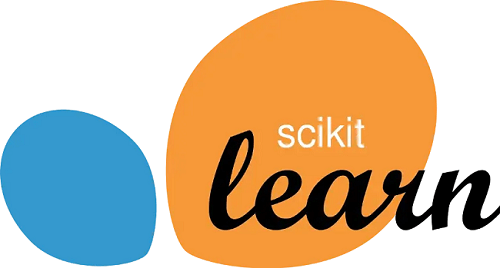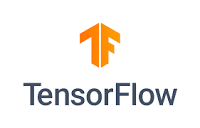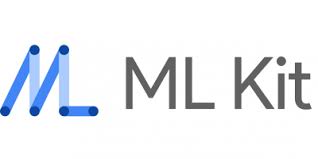AI ToolsMachine learning (ML) and artificial intelligence (AI) are employed across all fields and industries. This enables the interpretation of huge amounts of information, enabling professionals to even use the research more effectively. Even with development of AI and ML, programmers as well as researchers already have a diverse range of platforms as well as AI tools. The most well-liked artificial intelligence technologies as well as platforms on the marketplace are mentioned here. The list of the most commonly used tools and frameworks for artificial intelligence is provided here. These artificial intelligence tools are available from which you can select among based around what best suits their needs. 1. Scikit Learn
The unsupervised and administered calculations are supported by Scikit train, another of the widely used ML libraries techniques. The antecedent may include clumping, choosing tree, planned and spontaneous depressive episodes, etc. SciPy, Python, and NumPy libraries are added towards the application. There are numerous computations required for data mining and everyday AI tasks. Extremely complex tasks like addressing the challenges related, shifting data, including characteristic identification can be completed in a matter of lines. Scikit learn is the perfect tool that are using if you would like to implement one for young users. 2. Tensorflow
Although you might undertake computations since they can be meaningful, are they consistently necessary? I guess sometimes not. Would these be computations, even when implemented right, worthwhile? The response is a resounding YES. With Tensorflow, users could create a Python application which can be run and organised on either the GPU or the CPU. Therefore, you do not need to write the programme at the CDA or C levels when we want to execute something on GPUs. Tensor uses multi-layered cores which enable quick setup, development, & transmission of fake neural networks together with sizable datasets. This is what enables Google to recognise inquiries that were already presented in a visual format. Additionally, it enables Google to understand audibly spoken words in the application for voice recognition. 3. Theano
Over through the Keras is wrapped river Theano. With Tensorflow or Theano, Keras seems to be a Python package that enables for deep learning. Theano were developed to develop simple, rapid models of profound learning that could be applied to creative activity. It is Python-based and therefore can operate from both GPUs as well as CPUs. Your PC's GPU can be used by Theano. This enables it to increase elevated communication quantities significantly over when it is retained to function solely upon that CPU. It is incredibly lucrative to perform most complex calculations thanks of Theano's speed. 4. Keras
Keras is suitable if you prefer the Python method about doing business. It is a high-level neural network library that uses Majority of the respondents agree or TensorFlow just like its backend. Logistical problems typically look somewhat like:
5. Caffe
"Caffe" is a sophisticated cognitive system that places a high value on pronunciation, quickness, and measurable excellence. This was made through networking contributors as well as the Berkeley Vision and Learning Center (BVLC). Caffe Framework is required by Google's DeepDream. This structure is a C++ library with something like a Python interface that is BSD-approved. 6. MxNet
For recurrent nets on very long passages, the ability to trade calculation time and data via "scatterbrained features are important" might be quite helpful.
7. Google ML Kit
Google's machine learning beta SDK for mobile developers, known as Google ML Kit, aims to make it possible to user to build customised functionality for Android and iOS phones. Through android APIs operating on the device or in the cloud, the kit enables developers to implement machine learning technology. This would include functions like picture identification, face and text recognition, barcode scanning, and much more. In circumstances in which the constructed APIs could not be appropriate, programmers can also create their own TensorFlow Lite models.
Next TopicCognitive AI
|
 For Videos Join Our Youtube Channel: Join Now
For Videos Join Our Youtube Channel: Join Now
Feedback
- Send your Feedback to [email protected]
Help Others, Please Share









